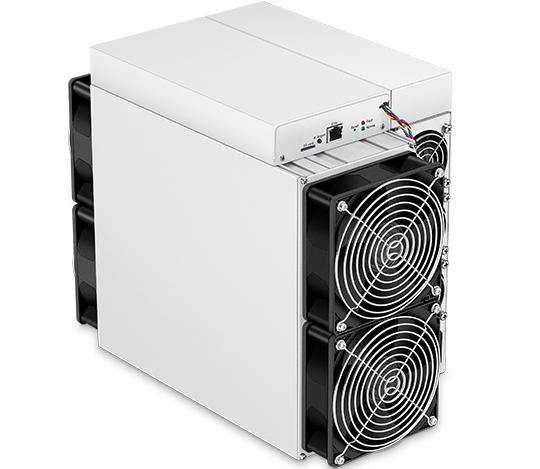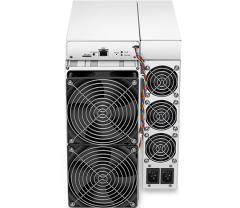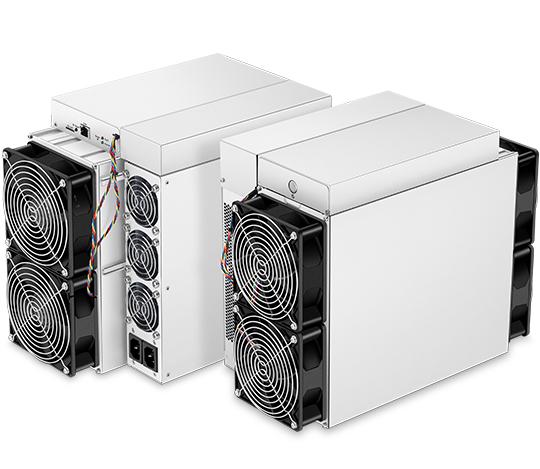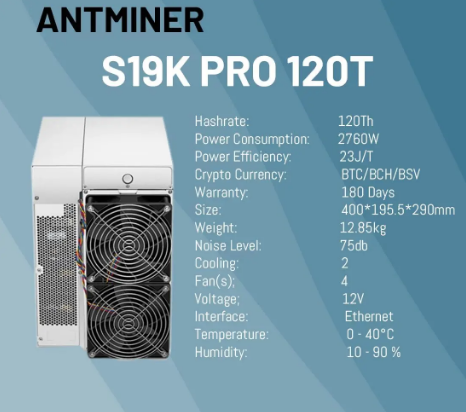Troubleshooting Bitcoin Miner S19k Pro Connection Issues
The Bitcoin Miner S19k Pro is a powerhouse in the world of cryptocurrency mining, offering unmatched performance and reliability. However, even the most advanced mining equipment can encounter connection issues that disrupt operations. For mining operators, downtime translates to lost revenue, making it crucial to address these problems swiftly and effectively. This article dives into common connection issues with the S19k Pro, their potential causes, and practical solutions to keep your mining operation running smoothly.
Understanding the Bitcoin Miner S19k Pro
Before troubleshooting, it’s essential to understand the features that make the S19k Pro a standout mining device. With a hashrate of 120 TH/s and power efficiency of 23 J/TH, it’s designed for maximum profitability. Its robust construction, user-friendly interface, and modular design ensure ease of use and maintenance. The miner’s RJ45 Ethernet port facilitates seamless integration into mining setups, but this connectivity can sometimes become a point of failure.

Common Connection Issues and Their Causes
1. No Network Connection
The most frequent issue miners face is the inability to connect the S19k Pro to the network. This can stem from:
- Faulty Ethernet Cable: A damaged or low-quality cable can prevent data transmission.
- Incorrect IP Configuration: Misconfigured network settings can lead to connectivity problems.
- Router or Switch Issues: Faulty networking hardware can disrupt communication between the miner and the network.
2. Intermittent Connectivity
If the miner connects sporadically, the problem could be:
- Loose Ethernet Connections: Poorly seated cables can cause intermittent drops.
- Network Congestion: High traffic on the network can slow down or disrupt communication.
- Overheating: Excessive heat can affect the miner’s internal components, including the Ethernet port.
3. Unable to Access the Miner’s Interface
When the miner is connected but inaccessible via its web interface, consider:
- Incorrect IP Address: Ensure you’re using the correct IP to access the miner.
- Firewall or Security Settings: Network security measures might block access to the miner’s interface.
- Browser Compatibility: Some browsers may not support the miner’s interface correctly.
4. Slow Hashrate Despite Connectivity
If the miner is connected but underperforming:
- Network Latency: High latency can delay data transmission, reducing mining efficiency.
- Pool Connectivity: Issues with the mining pool’s server can impact performance.
- Power Supply Problems: Insufficient or unstable power can affect the miner’s operation.
Step-by-Step Troubleshooting Guide
Step 1: Check Physical Connections
Start by inspecting the Ethernet cable and port. Replace the cable if it’s damaged or try connecting the miner to a different port on your router or switch. Ensure the cable is securely plugged into both the miner and the network device.
Step 2: Verify Network Settings
Access your router’s interface to confirm the miner’s IP address and ensure it’s within the correct range. If necessary, assign a static IP to the miner to avoid conflicts.

Step 3: Test the Network
Use a laptop or another device to test the network connection at the same location as the miner. If the issue persists, the problem may lie with the network hardware or ISP.
Step 4: Monitor Temperature and Environment
Overheating can cause various issues, including connectivity problems. Ensure the miner is in a well-ventilated area with ambient temperatures between 0°C and 40°C. Consider adding additional cooling if needed.

Step 5: Update Firmware and Software
Outdated firmware can lead to compatibility issues. Visit Bitmain’s official website to download the latest firmware for the S19k Pro. Similarly, ensure your mining software is up to date.
Step 6: Check Mining Pool Settings
Verify that the mining pool’s server is operational and that your miner is correctly configured to connect to it. Switching to a different pool can help identify if the issue is pool-specific.

Step 7: Reset the Miner
As a last resort, perform a factory reset on the miner. This will restore default settings and can resolve persistent configuration issues.
Preventive Measures to Avoid Future Issues
- Invest in Quality Cables: Use high-grade Ethernet cables to ensure reliable connections.
- Maintain a Clean Environment: Dust and debris can interfere with the miner’s components, including the Ethernet port.
- Regularly Update Firmware: Stay current with software updates to benefit from bug fixes and improvements.
- Monitor Network Health: Use network monitoring tools to detect and address issues before they escalate.
- Opt for Redundant Connections: If possible, set up a backup network connection to minimize downtime.
Leveraging Support and Community Resources
Bitmain’s 365-day warranty ensures that defective units are replaced without additional shipping costs. Additionally, platforms like Minerfixes offer spare parts and maintenance services, making it easy to address hardware issues. Engage with the S19k Pro’s user community for tips, insights, and troubleshooting advice.
Conclusion
The Bitcoin Miner S19k Pro is a robust and efficient mining device, but connection issues can hinder its performance. By understanding the common causes and following a systematic troubleshooting approach, you can quickly resolve these problems and maintain uninterrupted mining operations. With preventive measures and access to expert support, the S19k Pro remains a reliable investment for cryptocurrency miners seeking long-term profitability.
Investing time in proper setup and maintenance ensures that your S19k Pro operates at peak efficiency, maximizing your returns in the competitive world of cryptocurrency mining.